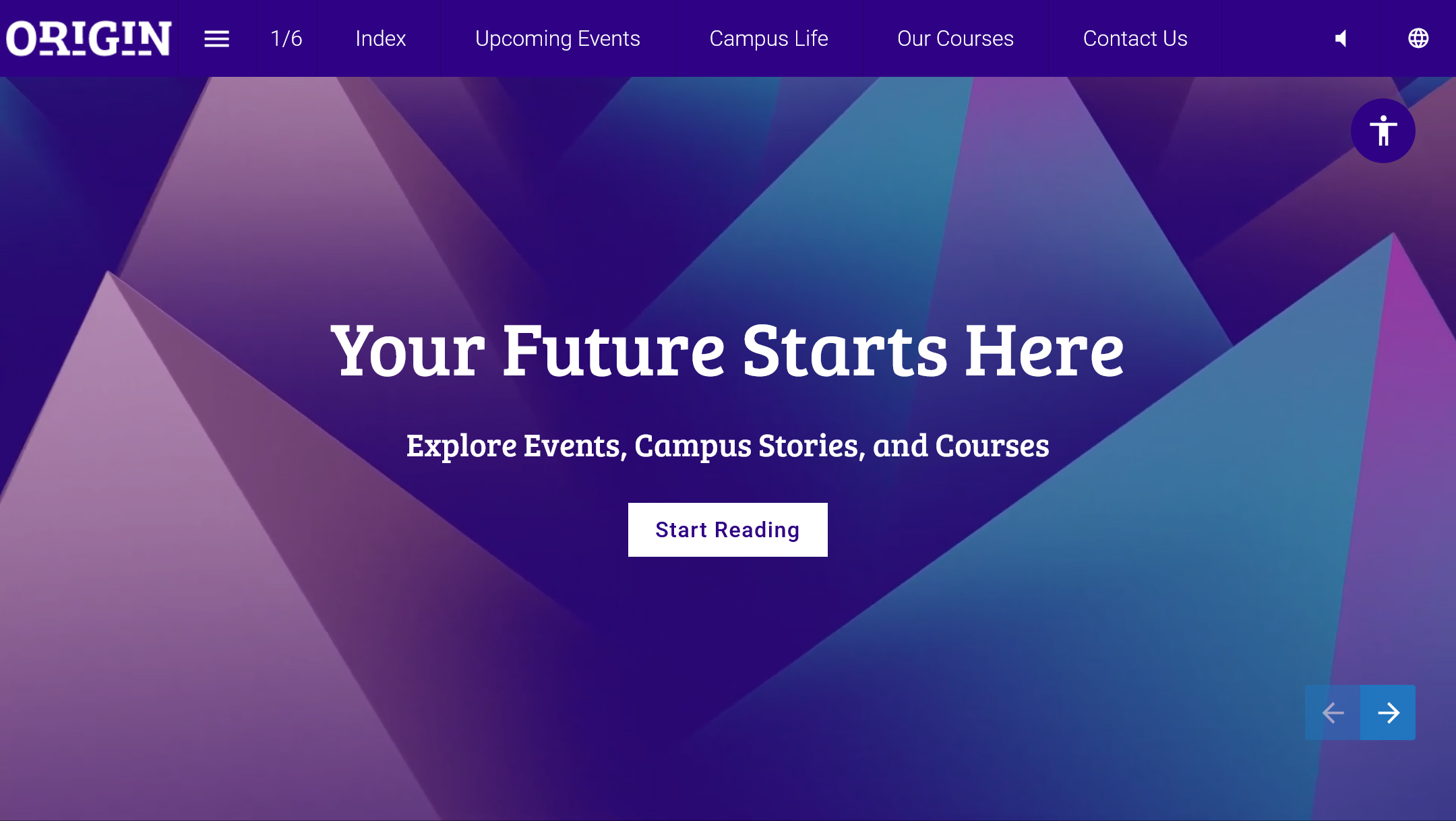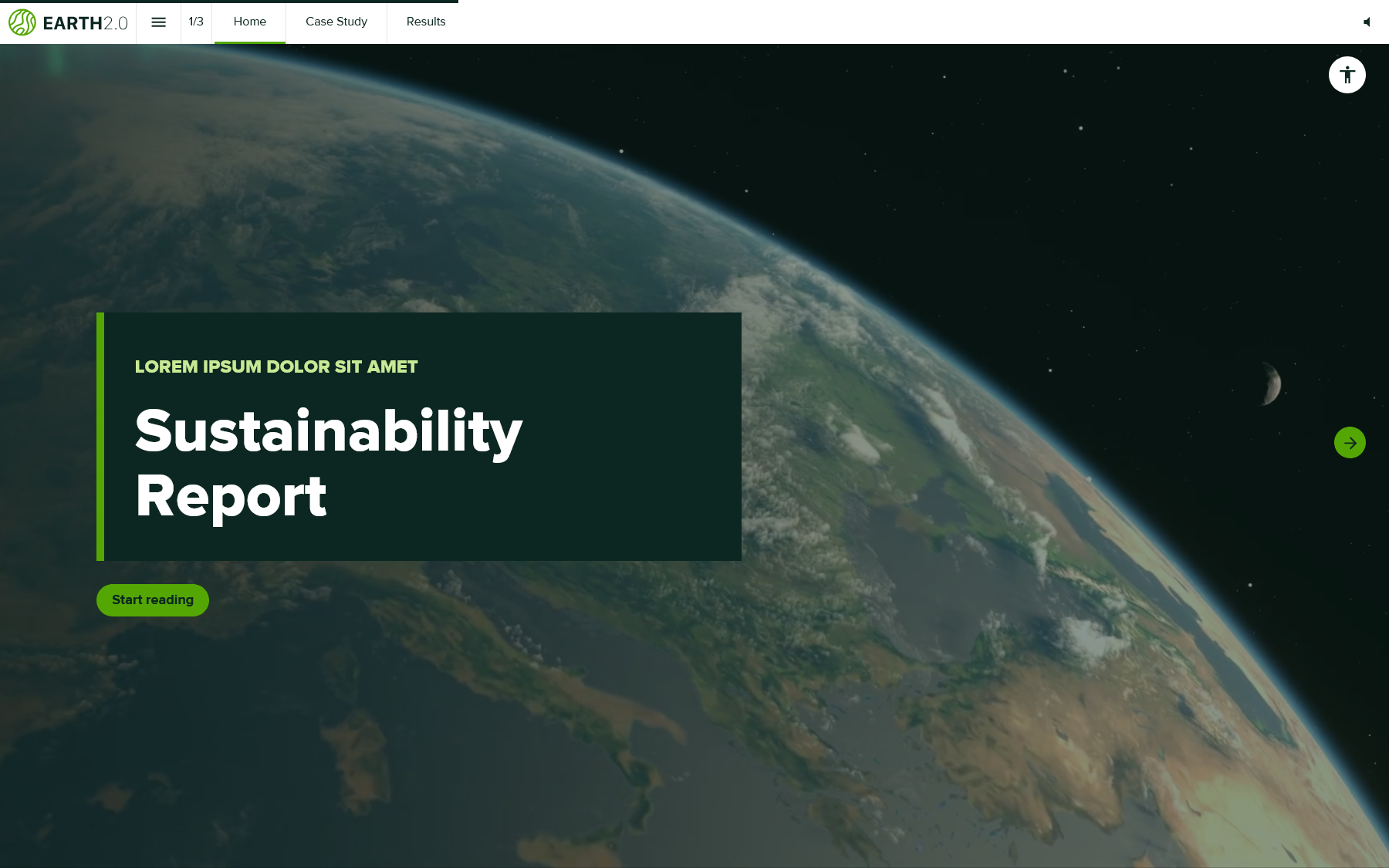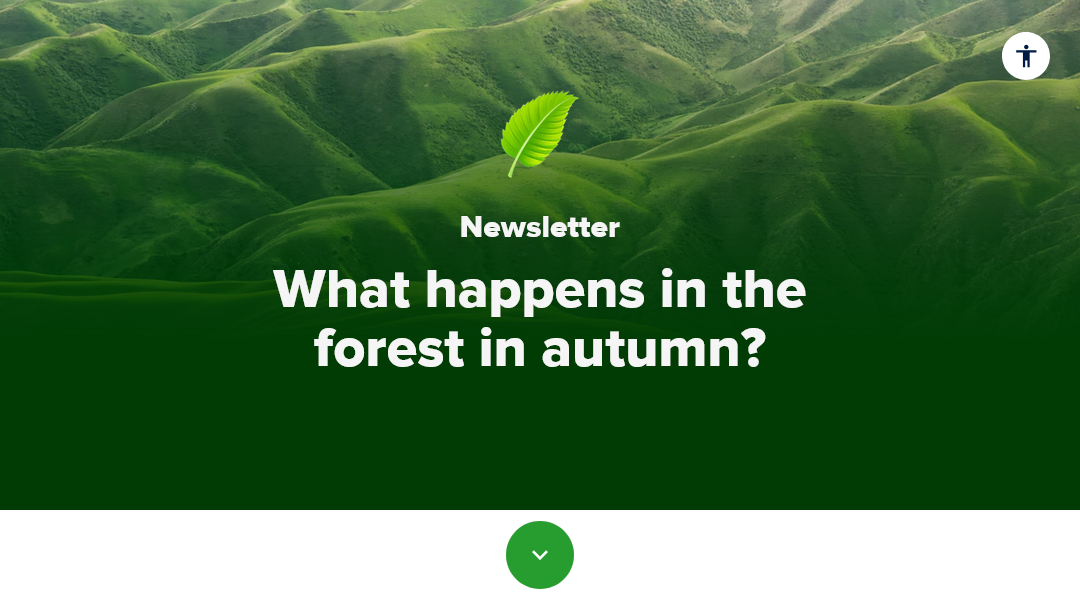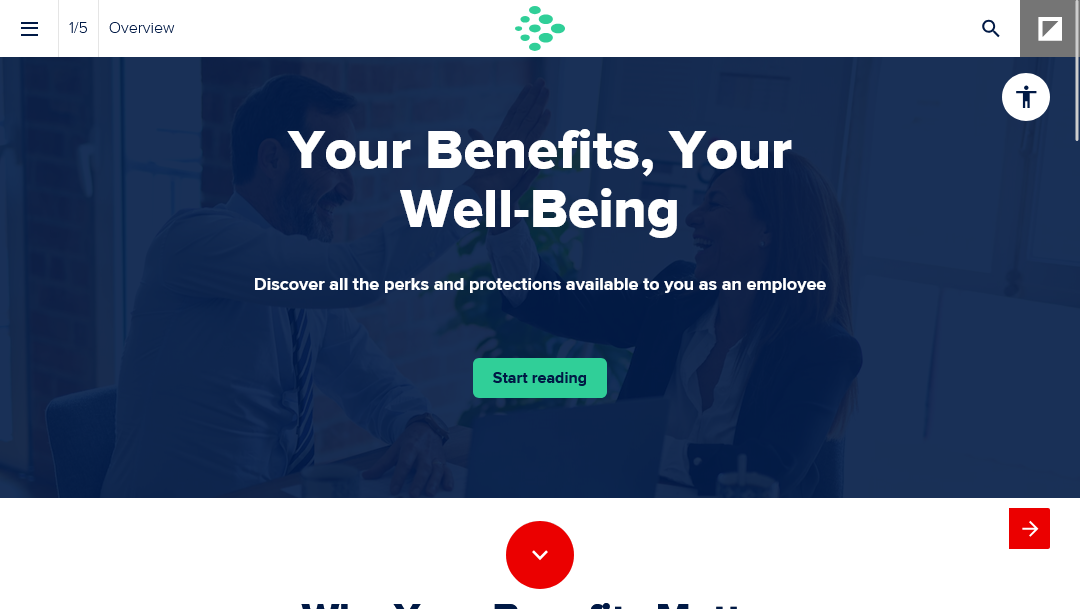Our commitment to accessibility
At Foleon, we're committed to making content experiences not only beautiful and responsive—but accessible to everyone.
We follow the Web Content Accessibility Guidelines (WCAG) 2.2 Level AA to help ensure inclusivity across our platform and outputs. While accessibility is a continuous process, it’s central to our product roadmap and design standards.
Why accessibility matters more than ever
Accessibility is becoming a legal requirement worldwide. In the European Union, the European Accessibility Act (EAA) takes effect on June 28, 2025. It mandates that public-facing digital services—including e-commerce, publishing, banking, and transportation—must be accessible to people with disabilities.
The EAA currently references WCAG 2.1 Level AA as its standard, but at Foleon, we're going further. We're aligning with WCAG 2.2 Level AA to support a broader range of users, including those with cognitive, mobility, and low vision disabilities.
Foleon Docs vs. the Foleon platform
It’s important to distinguish between:
- Foleon Docs — the digital content created and shared
- The Foleon platform (Editor) — the content creation environment
Foleon Docs
Foleon Docs are classified as digital content under the EAA. That means they must meet accessibility standards. We’ve built our templates and components to support:
- Semantic heading structures
- Alternative text for images
- Sufficient color contrast
- Keyboard navigation
- Screen reader compatibility
We’re continuously improving these features to help customers create inclusive, future-proof content.
Foleon platform (Editor)
The Foleon platform is a professional tool and not classified as a consumer-facing service under the EAA. While it's not fully accessible today, we’re committed to enabling accessible content creation by offering:
- Tools and guidance for alt text, headings, and meaningful links
- Accessibility-conscious templates and components
- Ongoing improvements based on best practices and customer feedback
What are the Web Content Accessibility Guidelines (WCAG)?
WCAG, developed by the Web Accessibility Initiative (WAI) of the World Wide Web Consortium (W3C), defines international standards for accessible web content. These guidelines shape legislation globally, including the Americans with Disabilities Act (ADA), Section 508, and the EAA.
Independent accessibility audit
We partner with accessibility experts to assess and improve our platform. In May 2025, Deque Systems conducted a manual and automated audit of four Foleon Docs against WCAG 2.2 Level AA. These insights directly inform how we evolve our product.
Accessibility conformance report (VPAT)
We publish a Voluntary Product Accessibility Template (VPAT)—also known as an Accessibility Conformance Report (ACR)—to help organizations evaluate how Foleon aligns with accessibility standards and regulatory requirements. Our VPAT (PDF) is available for download. It conforms to VPAT Version 2.5.



